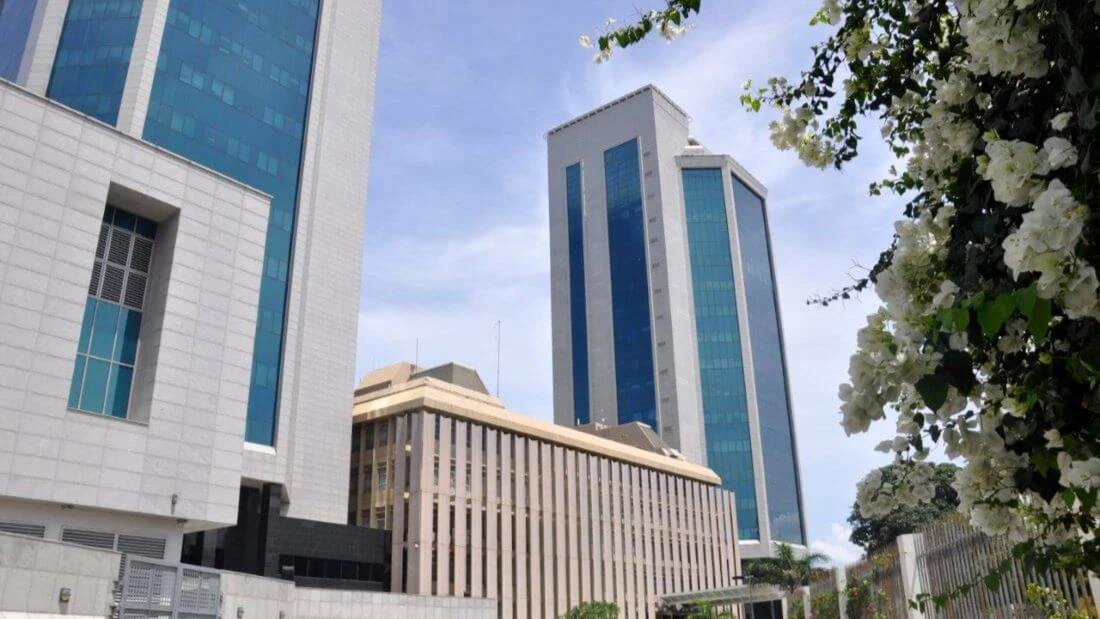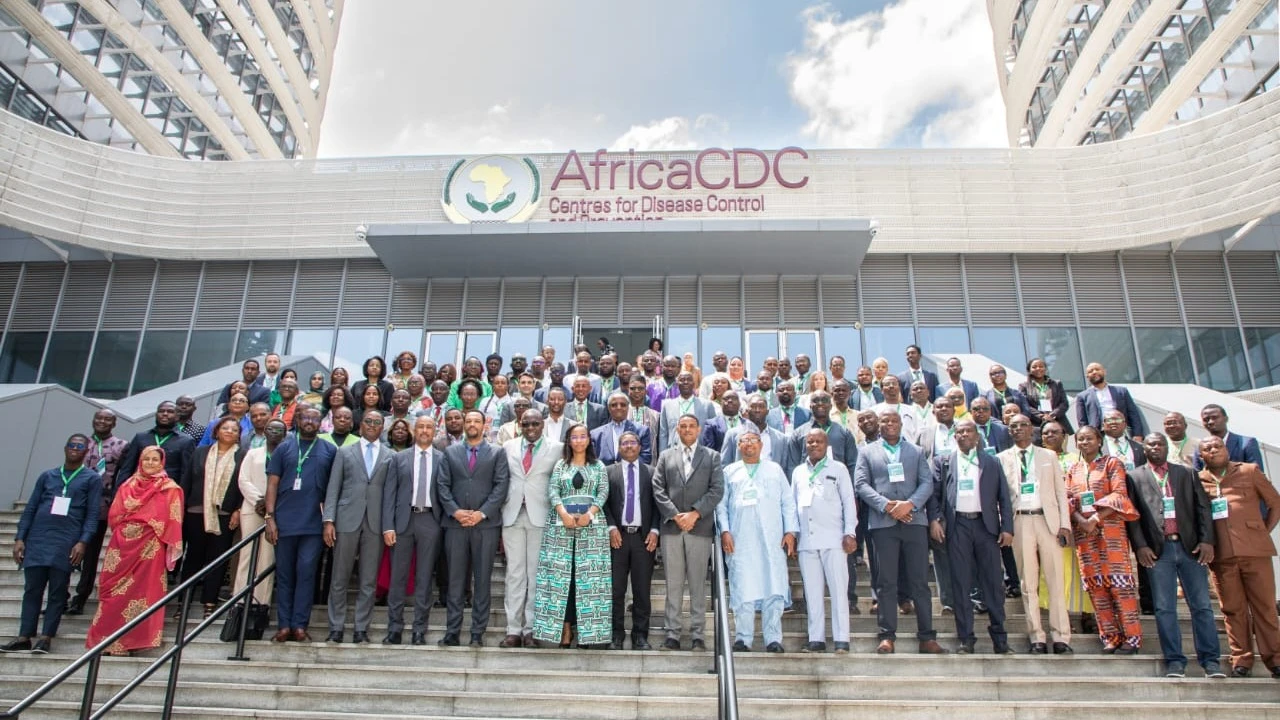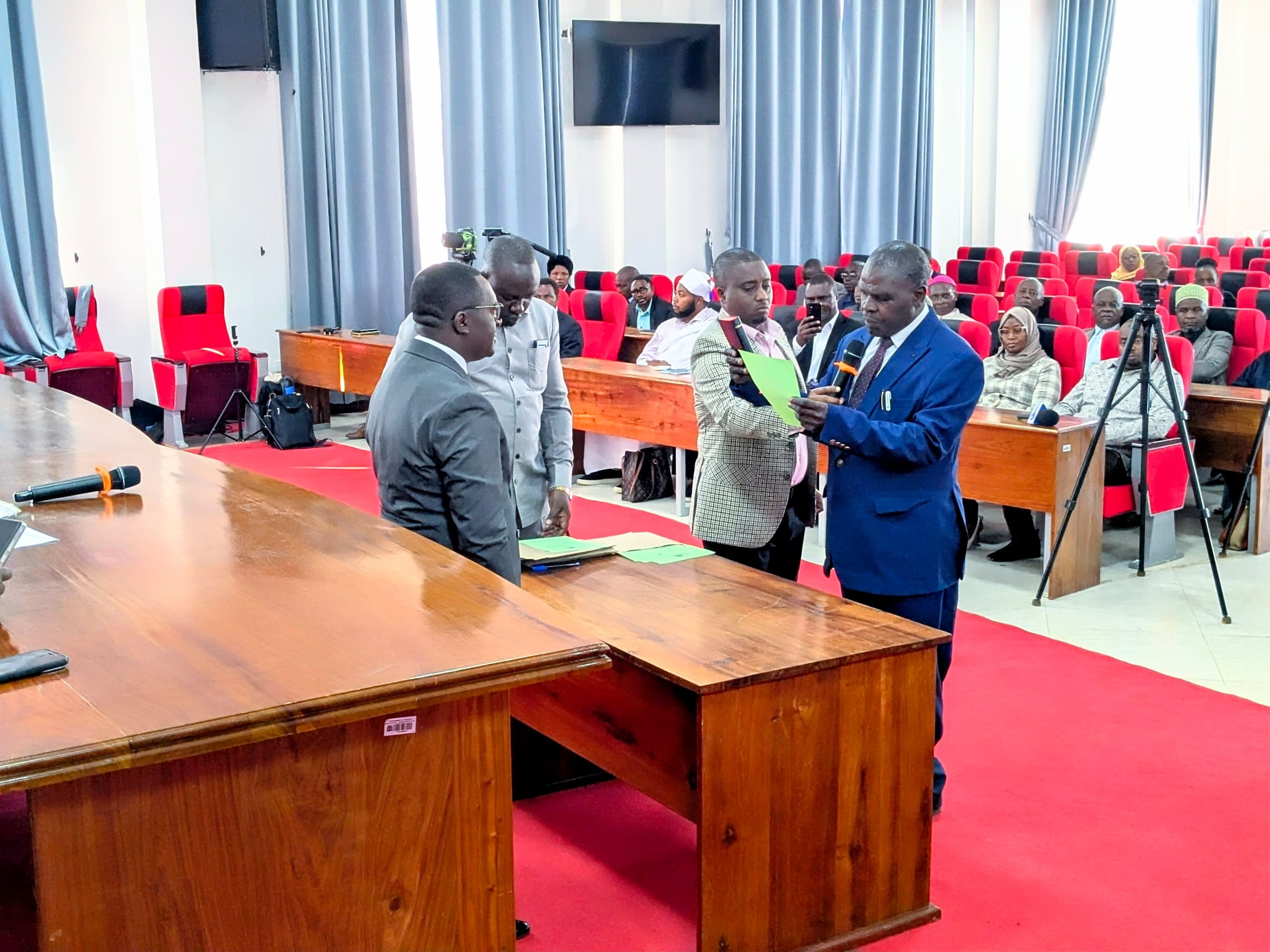BoT unveils robust collateral framework to fortify financial stability, mitigation of risks

In a significant move set to bolster the nation's financial resilience and refine its monetary policy operations, the Bank of Tanzania (BoT) has officially launched its Collateral Framework (CF) 2025.
This comprehensive document, slated for full implementation in the coming year, underscores the bank's unwavering commitment to safeguarding its financial integrity, mitigating risk, and fostering a stable and transparent financial landscape.
The CF 2025, which has been meticulously developed to align with international best practices while remaining responsive to the unique dynamics of Tanzania's financial system, aims to ensure that all BoT lending is adequately backed by high-quality collateral.
This proactive measure is designed to shield the central bank from potential credit losses, particularly in the event of default by borrowing institutions.
Emmanuel M. Tutuba, the Governor, BoT, emphasized the critical importance of the new framework in his foreword.
"The Collateral Framework (CF), 2025 guides the Bank towards achieving objectives of preserving the Bank's financial integrity by requiring all Bank lending to be backed by adequate and high-quality collateral," stated Governor Tutuba.
He further highlighted its role in ensuring "consistency, transparency, and fairness in the eligibility, valuation, and management of collateral assets," alongside its support for "market development and prudent bank behaviour by promoting a level playing field across asset classes."
At its core, the framework is a strategic safeguard for the BoT’s balance sheet, a vital tool for effective monetary policy implementation within the central bank Interest-rate Based Monetary Policy Framework, and a pillar for prudent credit risk management in the provision of liquidity to financial institutions.
The explicit acknowledgement that "uncollateralized loans can expose the Bank to the risk of credit losses" underscores the necessity of this structured approach to collateral.
The CF 2025 applies broadly to all banks and financial institutions actively participating in the Interbank Cash Market (IBCM), serving as a guiding light for their interactions with the central bank regarding credit.
Its principles are particularly pertinent to the BoT's provision of credit related to monetary policy implementation.
Operationally, the framework governs key aspects of the BoT's monetary policy toolkit.
This includes reverse repo operations, where the BoT injects liquidity into the market in line with its monetary policy stance, and standing facilities, encompassing both the Lombard (overnight lending facility) and Intraday Facility, both of which require sufficient collateral mobilization by licensed banks.
The legal bedrock for this framework is firmly established in the Bank of Tanzania Act 2006, Part IV, Article 40.– (1), which empowers the Bank to conduct credit operations against eligible collateral.
Specifically, the Act allows the BoT to "grant loans and advances to banks and financial institutions for a period not exceeding three months against the collateral of credit instruments, Treasury bills or (c) other credit instruments or securities prescribed by the BoT"
The framework’s objectives are multifaceted, aiming to support monetary policy implementation, safeguard BoT funds through robust risk mitigation, promote financial system stability, and encourage sound risk management practices among commercial banks.
It also seeks to ensure operational efficiency and legal clarity in all collateral-related activities.
A cornerstone of the CF 2025 is its set of stringent collateral eligibility criteria.
Only Treasury Bills and Treasury Bonds issued by the United Republic of Tanzania (URT) are currently accepted as eligible collateral for loans to commercial banks, with instruments from other issuers explicitly excluded.
Furthermore, eligible collateral must be readily marketable in active secondary markets, have a remaining maturity exceeding the duration of the liquidity facility, and be denominated in Tanzanian Shillings, unless specific cross-border arrangements are approved.
Crucially, collateral must be freely transferable, legally enforceable under Tanzanian law, and free of any third-party claims. Proper custody and registration within a recognized Central Depository Securities (e.g., CDS) are also mandatory.
To manage risk effectively, the framework mandates that the Bank’s lending operations are always fully collateralized, necessitating the daily valuation of all mobilized collateral based on market prices.
In instances where market prices are outdated or assets are temporarily illiquid, theoretical pricing models will be employed.
The framework also introduces margin calls, giving the Bank the right to demand additional collateral if operations become undercollateralized due to price deterioration.
The CF 2025 incorporates a rigorous system of haircuts, applied as a percentage deduction from the market price of financial instruments.
These haircuts are meticulously calibrated to protect the BoT’s balance sheet and achieve risk equivalence across various asset classes, taking into account key financial risks such as liquidity risk, market risk, and credit risk.
The Collateral Framework 2025 represents a forward-looking and proactive step by the BoT, reinforcing its role as a steward of financial stability and a facilitator of efficient monetary policy transmission within the Tanzanian economy.
Its comprehensive nature and emphasis on transparency and risk mitigation are set to instill greater confidence and discipline across the financial system.
Top Headlines
© 2025 IPPMEDIA.COM. ALL RIGHTS RESERVED

























